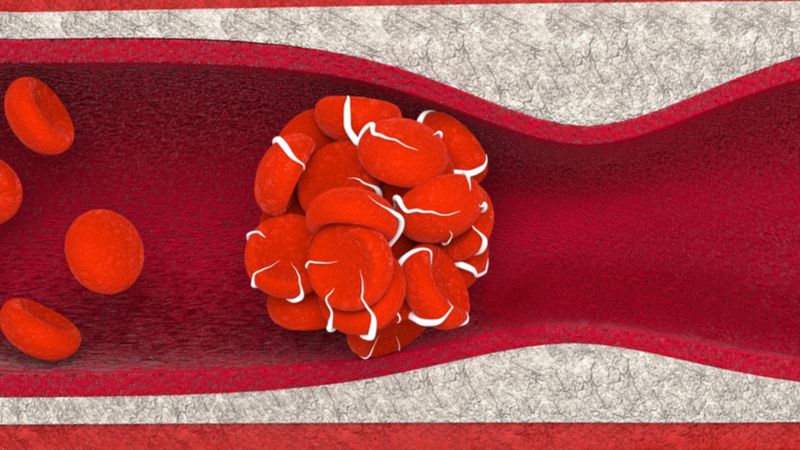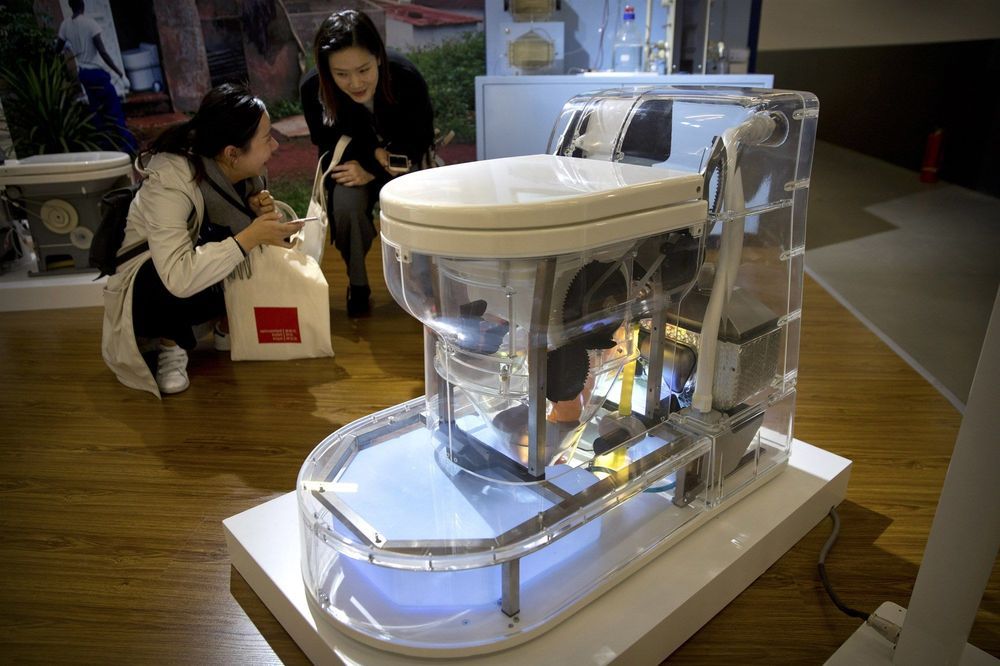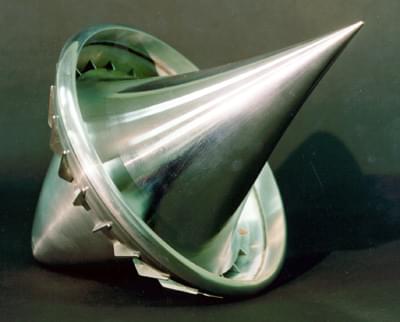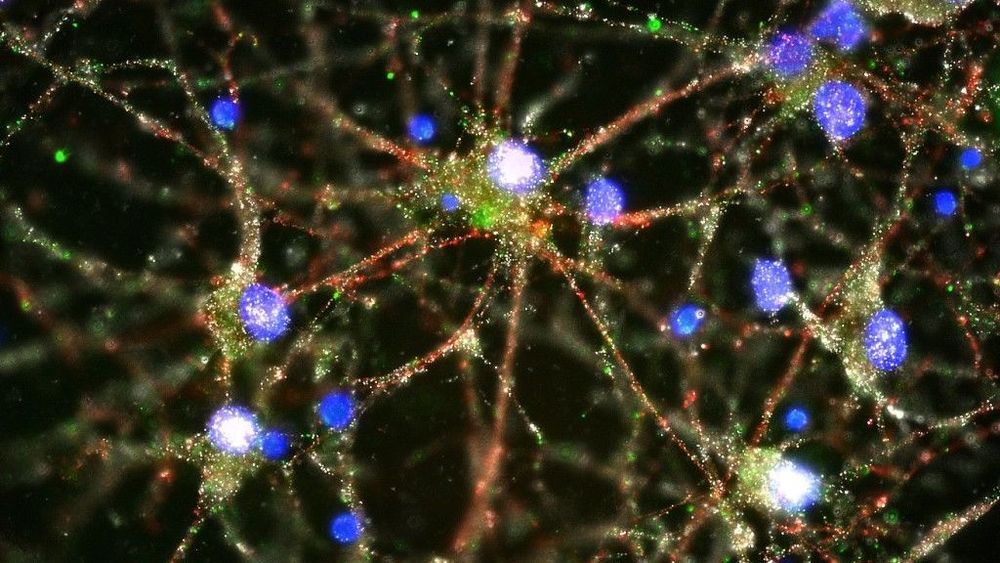Sep 27, 2019
Senescent Cells Linked to Age-Related Blood Clot Formation
Posted by Paul Battista in categories: biotech/medical, life extension
Researchers at the Buck Institute, including Dr. Judy Campisi, have published a new study that shows, for the first time, that senescent cells are associated with age-related blood clots [1].
As we get older, increasing numbers of our cells enter into a state known as cellular senescence. Senescent cells do not divide or support the tissues of which they are part; instead, they emit a range of potentially harmful chemical signals known as the senescence-associated secretory phenotype (SASP), which encourages nearby healthy cells to enter the same senescent state.
The presence of high levels of SASP reduces tissue repair, increases chronic inflammation, and can even raise the risk of cancer and other age-related diseases.


















